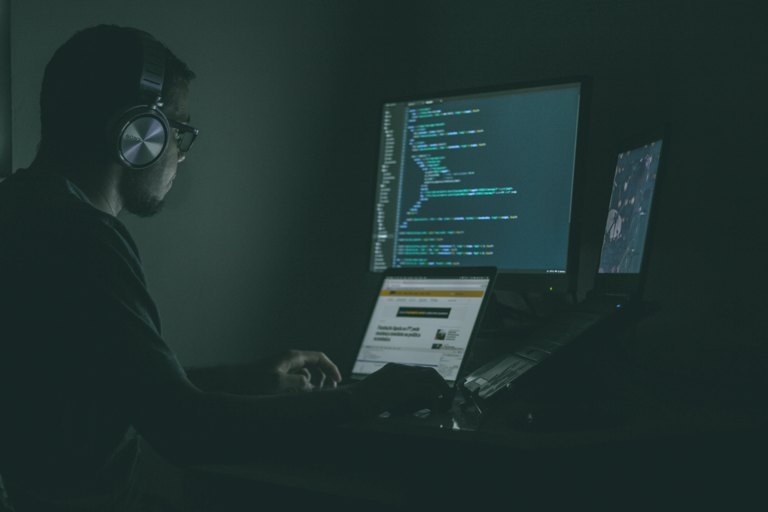 This issue is not exclusive to programmers but extends to many other similar professions, including software engineers, designers, and architects, among others. The challenge lies in maintaining focus and staying in the “zone” of productivity amidst various distractions, such as text messages or popup notifications, which is why it’s generally advised to disable these features during work hours.
This issue is not exclusive to programmers but extends to many other similar professions, including software engineers, designers, and architects, among others. The challenge lies in maintaining focus and staying in the “zone” of productivity amidst various distractions, such as text messages or popup notifications, which is why it’s generally advised to disable these features during work hours.
Anything that distracts you, whether it’s in your physical surroundings or on your computer screen, can significantly impact your productivity.
Most developers are familiar with the concept of being “in the flow,” a state where thoughts flow uninterrupted, and you can seamlessly convert them into code (or diagrams, drawings, etc.). During this state, you’re so engrossed that you lose track of time and the world around you. However, this state is fragile, and even minor interruptions can disrupt it, making it challenging to return to that heightened level of productivity.
Moreover, this flow state is often more achievable during the first half of the day when your energy and focus are at their peak. As the day progresses and fatigue sets in, it becomes increasingly difficult to attain and sustain this level of concentration. Hence, preserving the flow state is crucial. As they say, “Start your day strong, and you’ll have a productive day.”
So, what can you do to reduce the likelihood of unintentionally exiting the creative zone?
There are well-known and straightforward strategies that surprisingly few people, including myself, often neglect:
- Eliminate all unnecessary sounds, especially from sources like television or similar devices. Some argue that they work well with music, but I remain skeptical as music can still be distracting and divert mental resources.
- Remove visual distractions. Close all pop-up windows and related interruptions on your computer.
- If you work in a team and share a workspace with others, consider implementing “quiet hours.” For instance, agree that from 9 AM to 11 AM and 3 PM to 5 PM, there will be no discussions, no sound notifications on phones or computers, no meetings, etc. There are examples of this simple rule significantly boosting the productivity of development teams.14

However, implementing these strategies can be challenging when you work from home, and family members are around. In such cases, you might attempt to introduce “quiet hours,” but this may not be as effective, as family members may not fully grasp the concept or its importance, unlike fellow developers who can relate to the experience.
That’s all I’d say about it.
